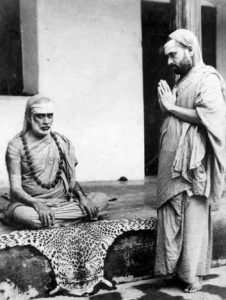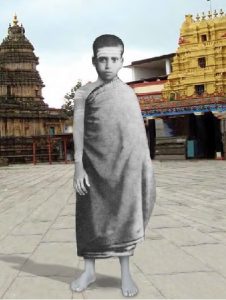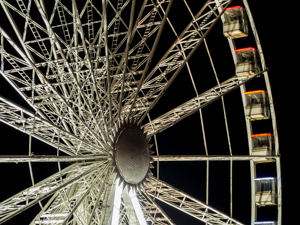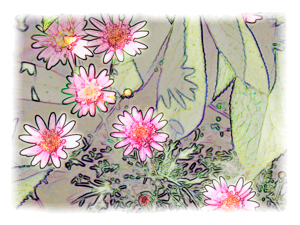nididhyAsana
nididhyAsana is recommended to remove any mental impediments that remain. This may consist of any activity that serves to consolidate the knowledge and fully assimilate the teaching – e.g. reading scriptures, listening to talks from qualified teachers, writing about Advaita oneself, discussing with other seekers and so on. The logic is simple: these activities produce puNya karma which ‘cancels out’ the pratibandha-s.
The vivekachUDAmaNi (267 – ) speaks about this at length:
“Even after knowing that substance (the Atman), powerful desire, which is beginningless (in the form of ‘I am the doer and enjoyer’), which is the cause of the world, does not die. It remains there. What can be done with that? You must do away with that desire carefully, because that is freedom – the lessening of desire. That should be done even after realization.
“The idea of ‘me’ and ‘mine’ remains in the body and in other things that are non-Self. This is called adhyAsa, and should be given up by the sage identifying himself with the Atman.
“Knowing the real Self, which is the witness of the intellect and its actions, by this thought, ‘I am That’, conquer the false idea of ‘I am’ in the non-Self.
“First, give up following the world, then following the body, and then following the scriptures and, in that way, do away with your ignorance of identifying the Self with the non-Self.” and so on… (Ref. 62)





